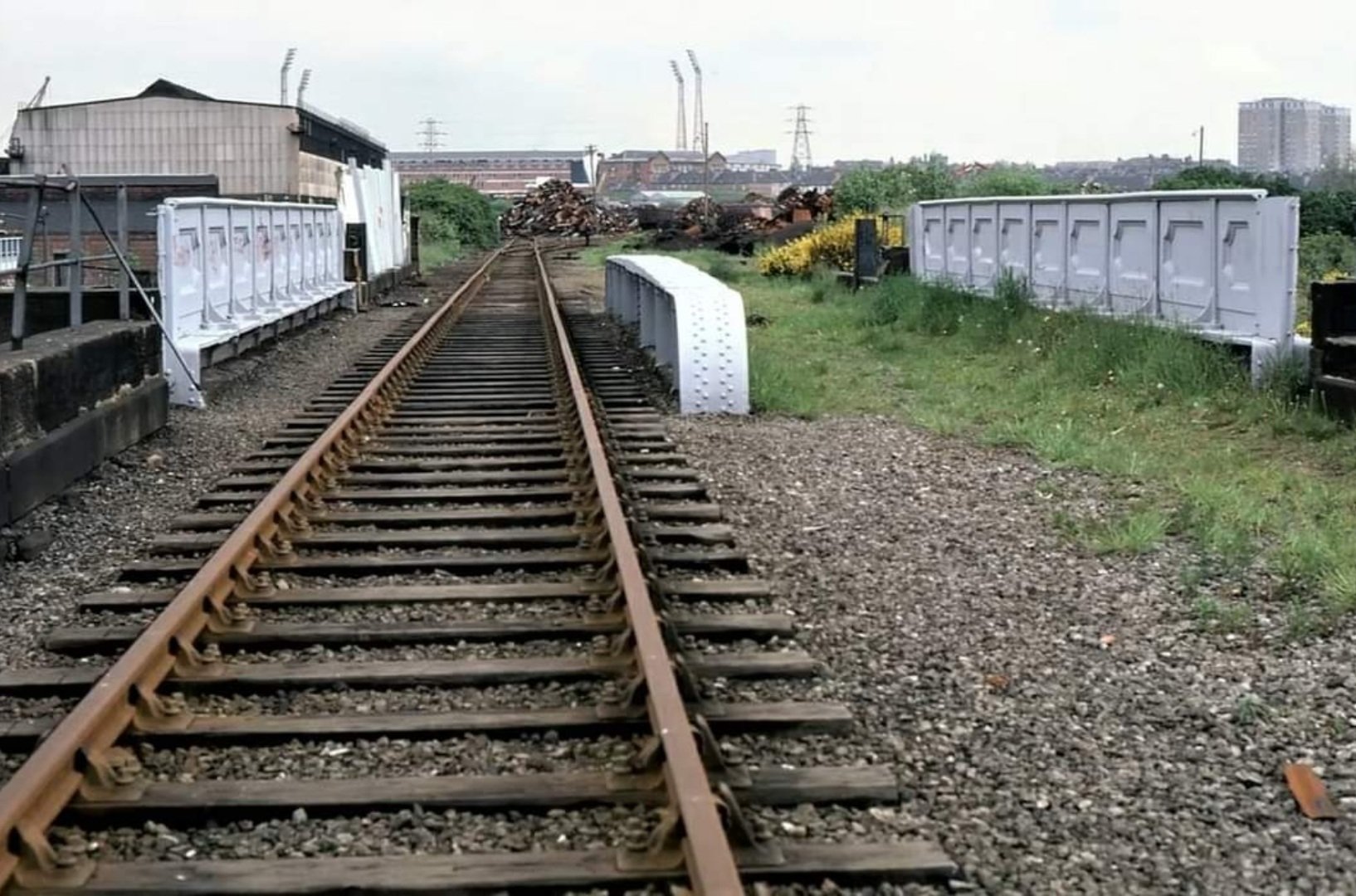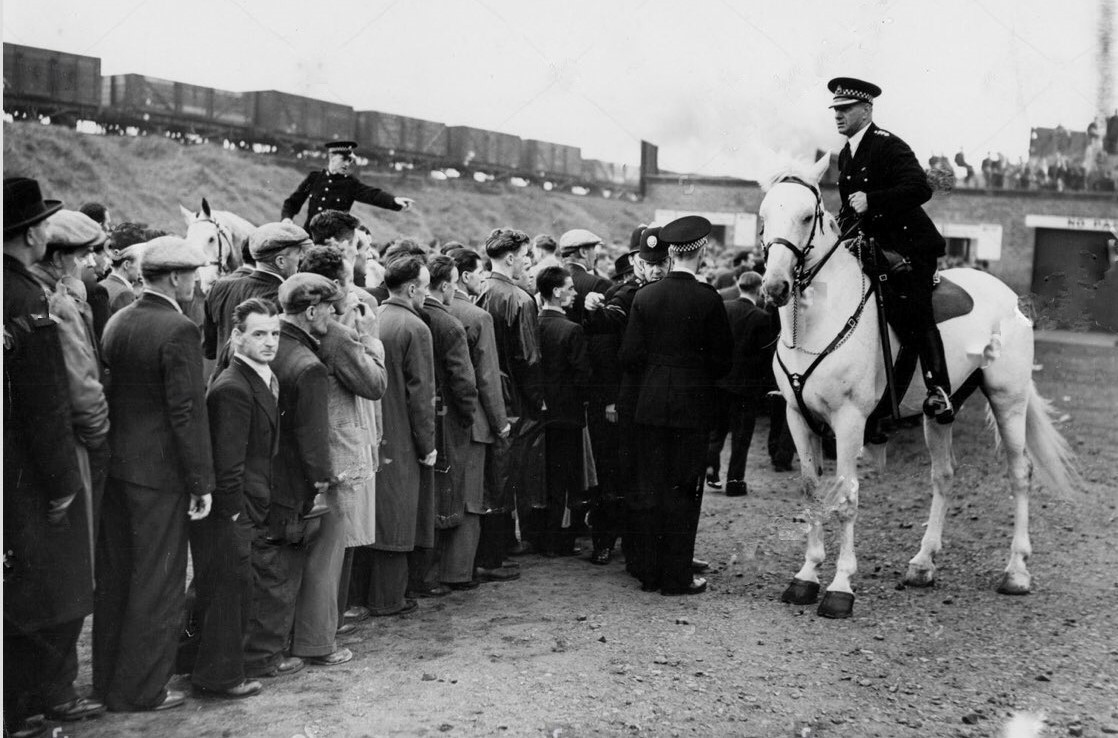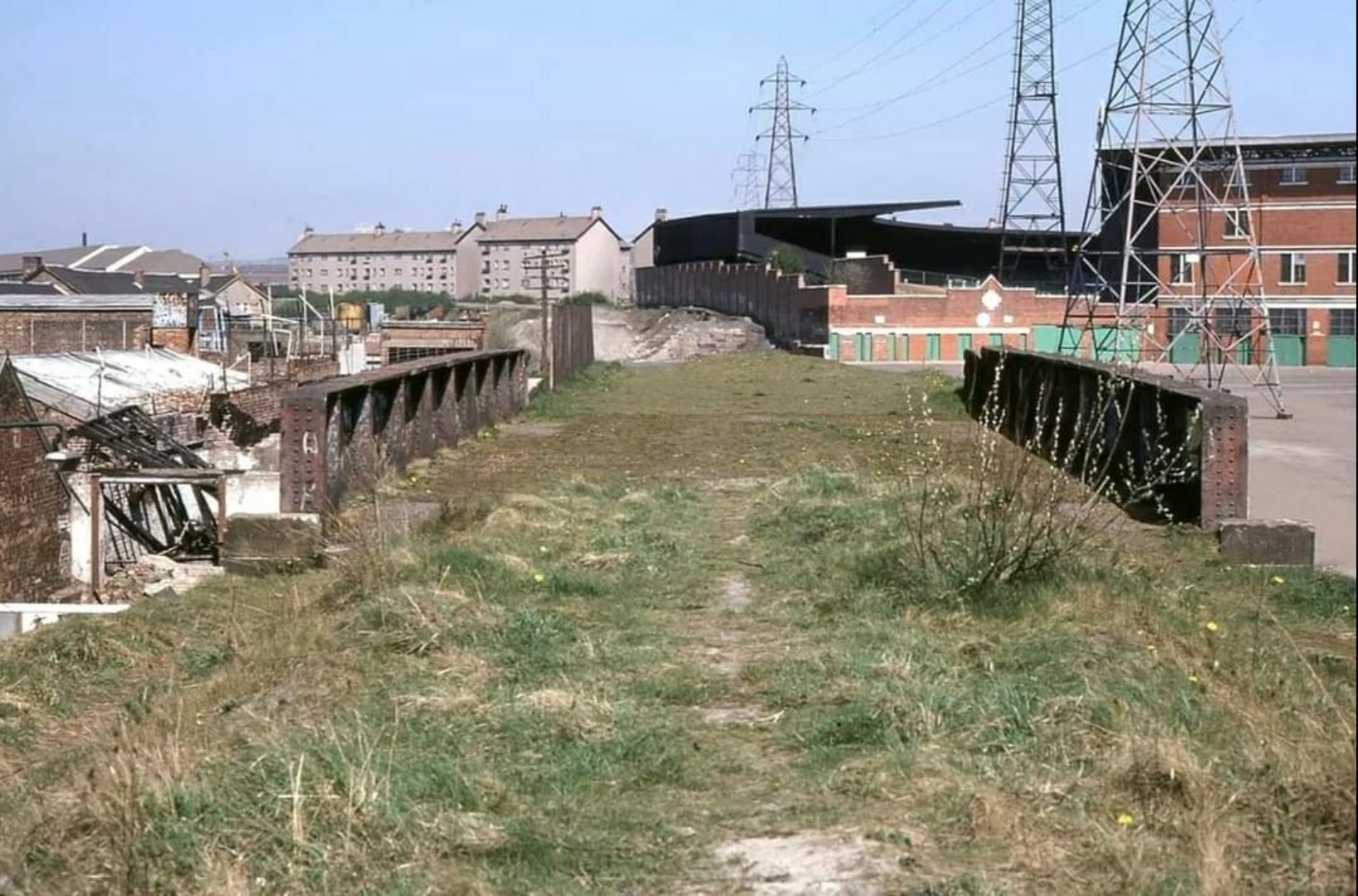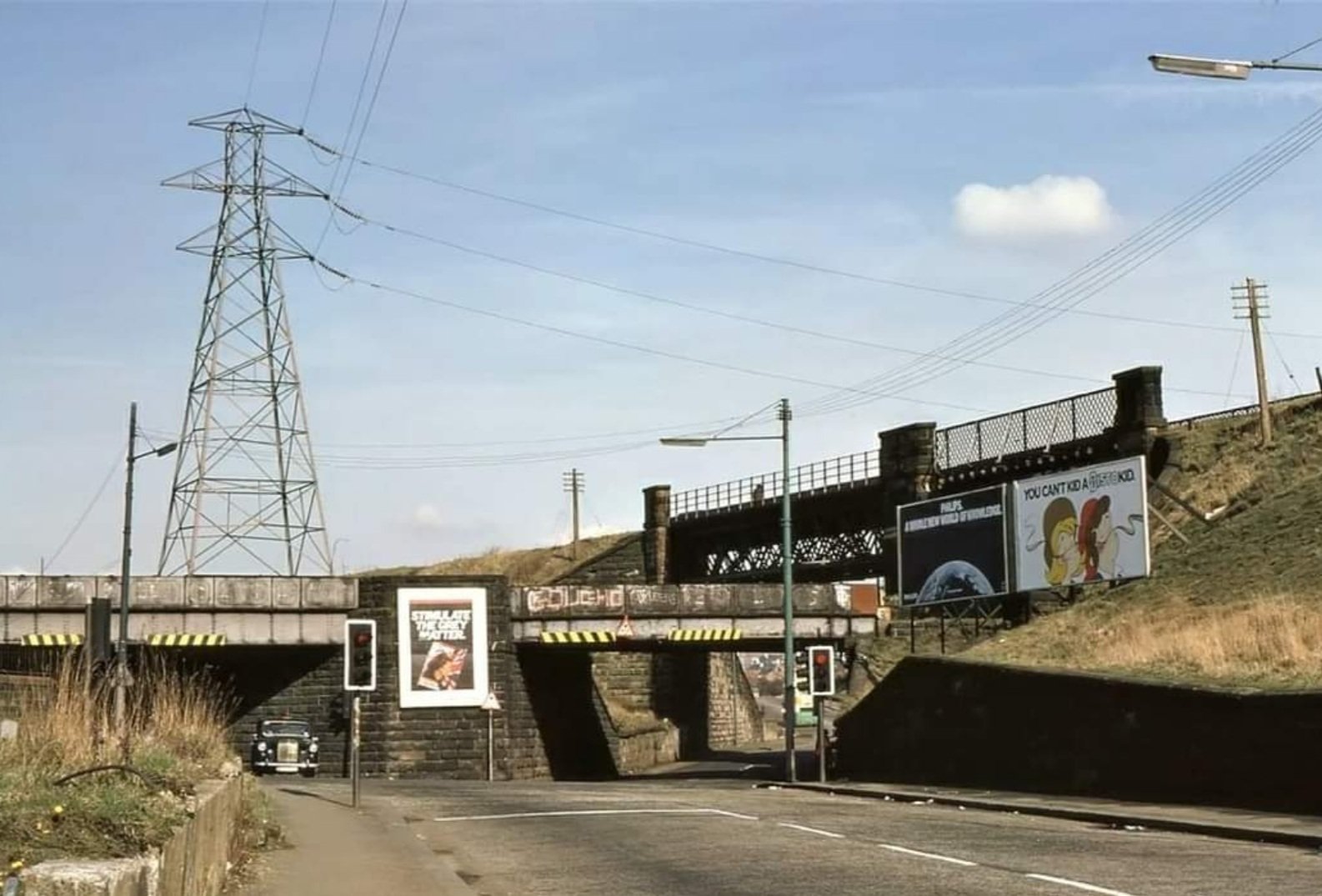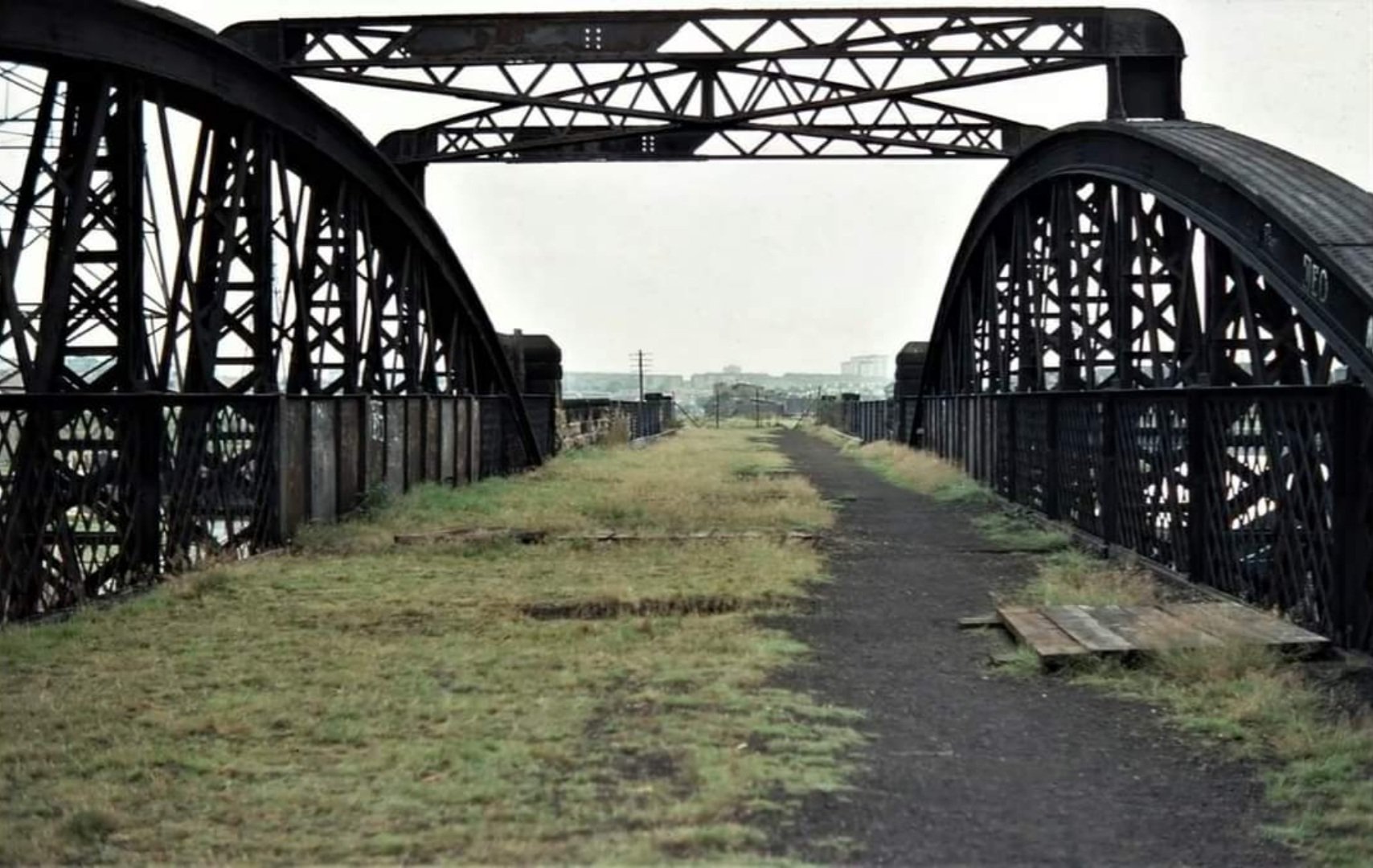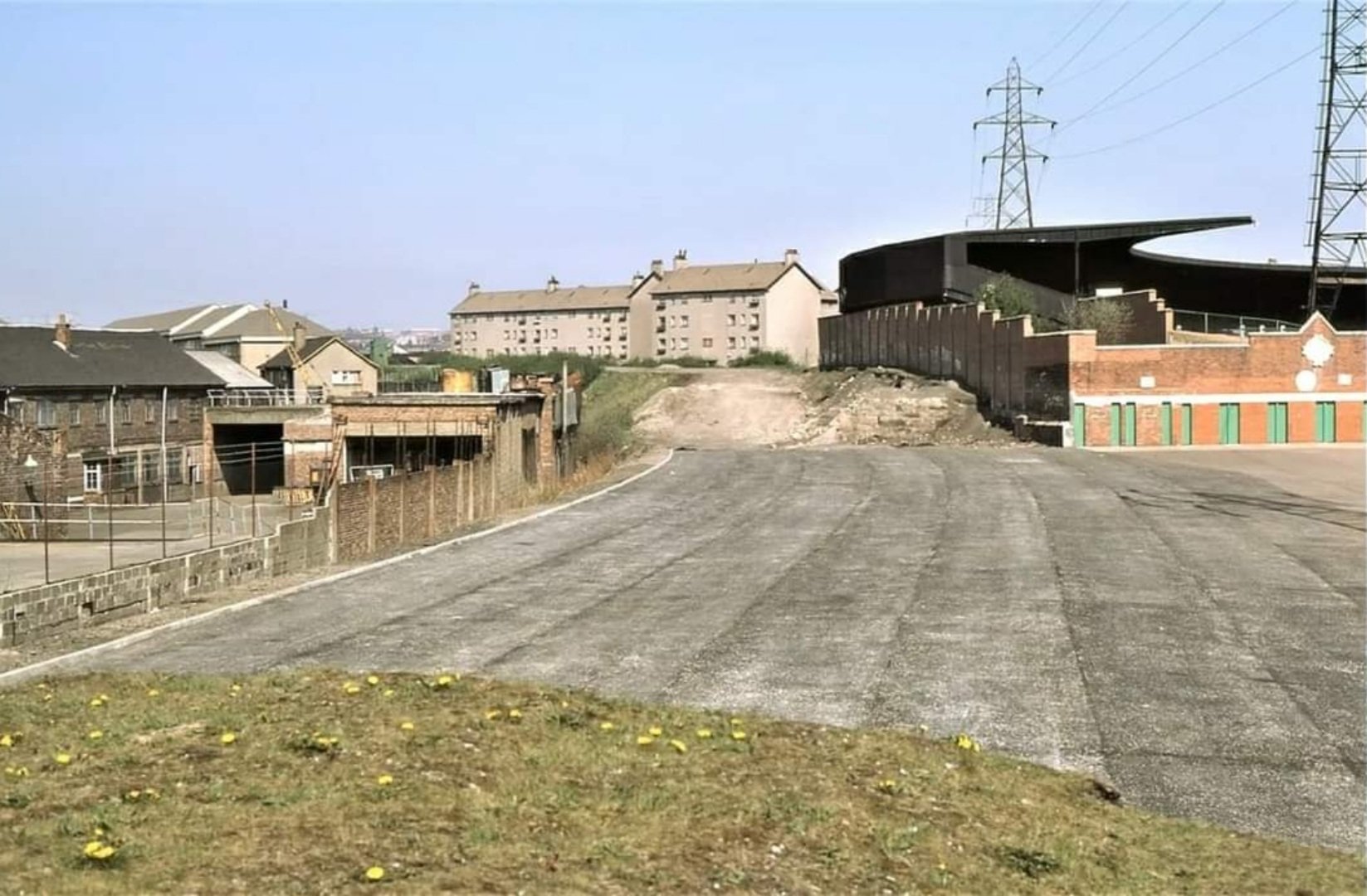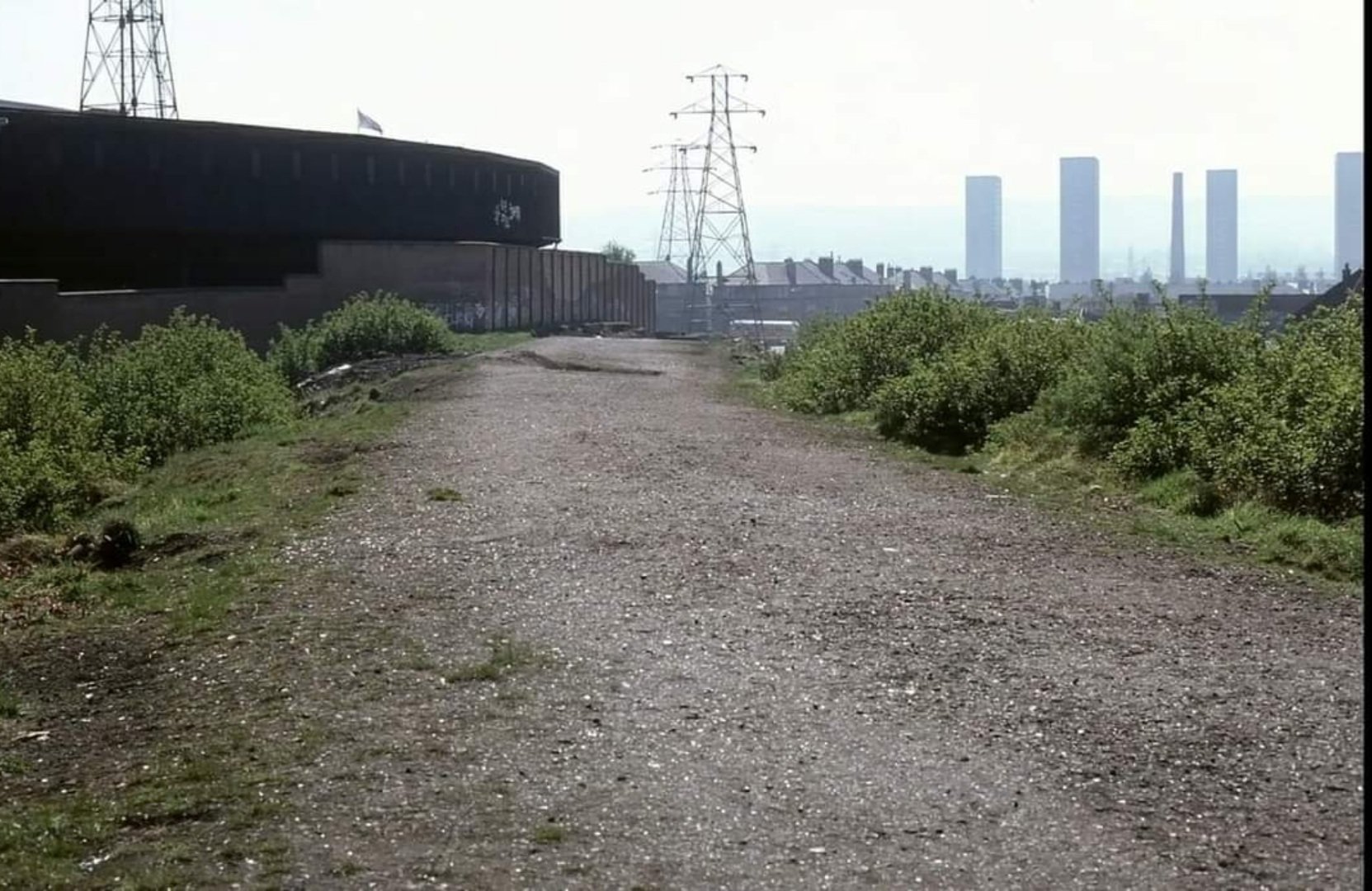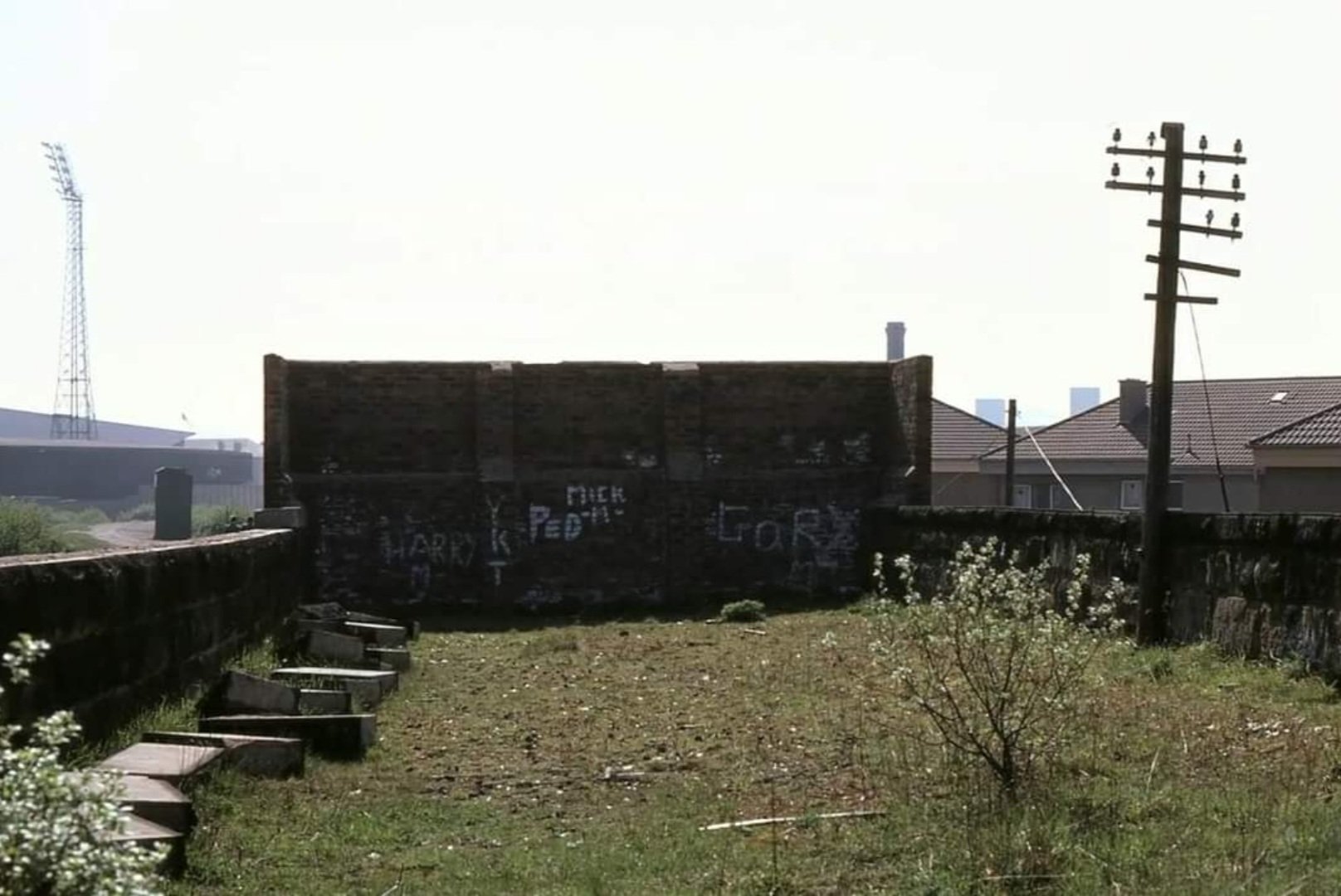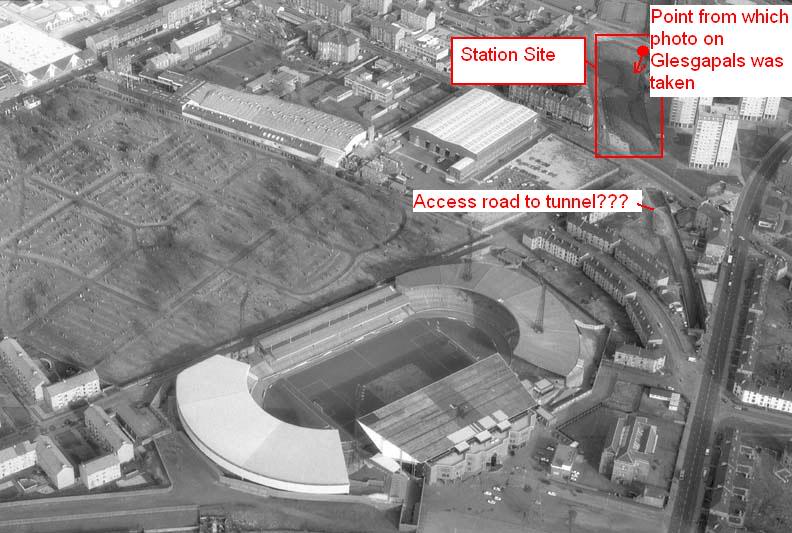| Misc | Celtic Park |
Details
Name: Parkhead Stadium Railway Station
aka: Parkhead Railway Station, Celtic Park Train Station, Parkhead South Station
Opened: 1 Feb 1897 as “Parkhead”
Renamed: 3 March 1952 as “Parkhead Stadium”
Closed: 5 October 1964
Background
Parkhead Stadium was a railway station in the east end of Glasgow. It was opened by the Caledonian Railway as Parkhead on 1 February 1897.
Parkhead Railway station served the east end of Glasgow for much of the 20th century.
The station was situated in a cutting overlooked by what is now called Whitby Street but which was then known as Winston Street in honour of Winston Churchill who had married a niece of Lord Newlands who was a well known benefactor in the area. Newlands primary school at Parkhead Cross was built by him and bequeathed to the people of the area in perpetuity.
In recognition of its proximity to the Celtic Park, by 1904 it was known generally as Parkhead (for Celtic Park); and it was even referred to in some timetables as “Parkhead for Celtic Park“.
There was even a Parkhead Railway football team, which ran from 1924-26 (see http://parkheadhistory.com/sport/junior-football/).
The station was renamed Parkhead Stadium by the British Railway Board on 3 March 1952. The nearby ex-North British Railway’s Coatbridge Branch station, “Parkhead“, was renamed “Parkhead North” on 30 June 1952.
In July 1914 King George V, Queen Mary and their entourage disembarked here for a royal visit to Beardmore’s Parkhead Works.
Sadly, the station became a victim of “Beeching’s Rail Reform” and it was closed to passengers on 5 October 1964, and in 1989 it was filled in and landscaped. Another bit of Celtic history lost to us forever.
The majestic photo below was taken in June 1963. In the background can be seen the floodlights of Celtic Park which were first switched on in Oct 1959 and at the time were reputed to be the highest in the world standing at 208 feet above the pitch.
Link http://www.leverton.org/tunnels/glasgow/
Parkhead Stadium Station: The Hidden History Of Celtic’s Football Specials
By Liam Kelly 5 November, 2020 No Comments
https://thecelticstar.com/parkhead-stadium-station-the-hidden-history-of-celtics-football-specials/
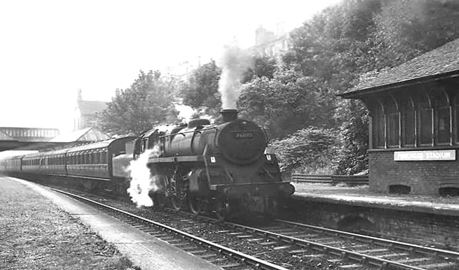
This photo was taken in June 1963: train leaves Parkhead Stadium Station and heads towards Tollcross. In the background you can see the floodlights of Celtic Park which were first switched on in October 1959
Parkhead Railway station was opened by the Caledonian Railway company on 1 February 1897.
After much research and anecdotal evidence, it was clarified beyond doubt that the station was situated in a cutting overlooked by what is now called Whitby Street, but which was originally known as Winston Street in honour of Winston Churchill, who had married a niece of Lord Newlands. In fact, Lord Newlands was the landowner at the new Celtic Park site, which the club moved to in 1892. The club can, therefore, thank him for providing a more viable option at a time when the original Celtic Park was becoming impossible to afford due to the ridiculous upsurge in rental demands. Newlands was something of an unlikely saviour for Celtic, as he had been an active Unionist politician, who had worked as Foreign Secretary and Private Secretary for the Prime Minister. He was an enthusiastic establishment figure, who was President of the Lanarkshire Territorial Forces Association and even went on to become the Grand Master Mason of Scotland in 1899 until 1903.
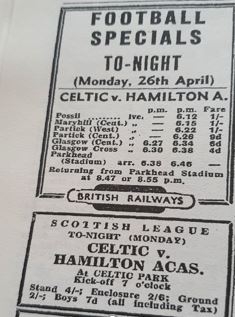
By 1904, in recognition of the railway station’s proximity to Celtic Park, it was widely known as “Parkhead for Celtic Park,” and was occasionally referred to as such in rail timetables. A junior football club named Parkhead Railway FC was formed in 1924 and were referred to as Parkhead Stadium by some, until their disbandment in 1926. The train station itself was then officially renamed Parkhead Stadium by the British Railway Board on 3 March 1952.
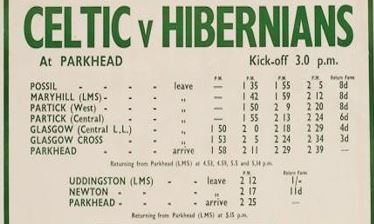
During the research for this article there was a multitude of confusion surrounding a station named Parkhead South. Some incorrectly claim that it was located a few hundred yards from Parkhead Stadium station. However, on further inspection, and with the help of Scottish Railway archivists, it became apparent that Parkhead South and Parkhead Stadium were the exact same stations. Parkhead South was merely an unofficial name that some people used to refer to the station, prior to 1952, in the same way that the Parkhead Stadium nickname was used prior to its official enshrinement.
The reason that some people used Parkhead South as a nickname was because at that time, with the official name of the site simply being Parkhead, this term helped provide clarity as there was another Parkhead station situated between Carntyne and Bellgrove stations, operated by the North British Railway company’s Coatbridge Branch. The latter was officially renamed Parkhead North by British Railways on 30 June 1952.
Before the renaming of both Parkhead stations, people would distinguish the two by using Parkhead North for the station on the Coatbridge Branch, and either Parkhead Stadium or Parkhead South for the station near to Celtic Park.
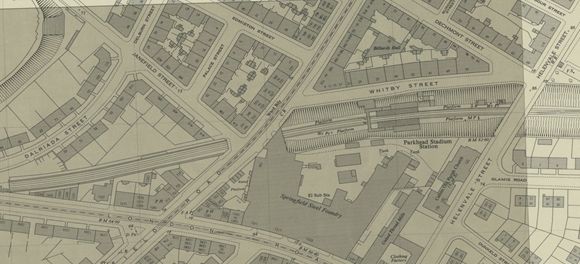
The previous stop to the west of Parkhead Stadium Station was Bridgeton. From there, the train would enter the tunnel beneath London Road, which spanned some 1,313 yards. The line then fully emerged into daylight for a brief period at the exit of the London Road Tunnel, very close to Celtic Park.
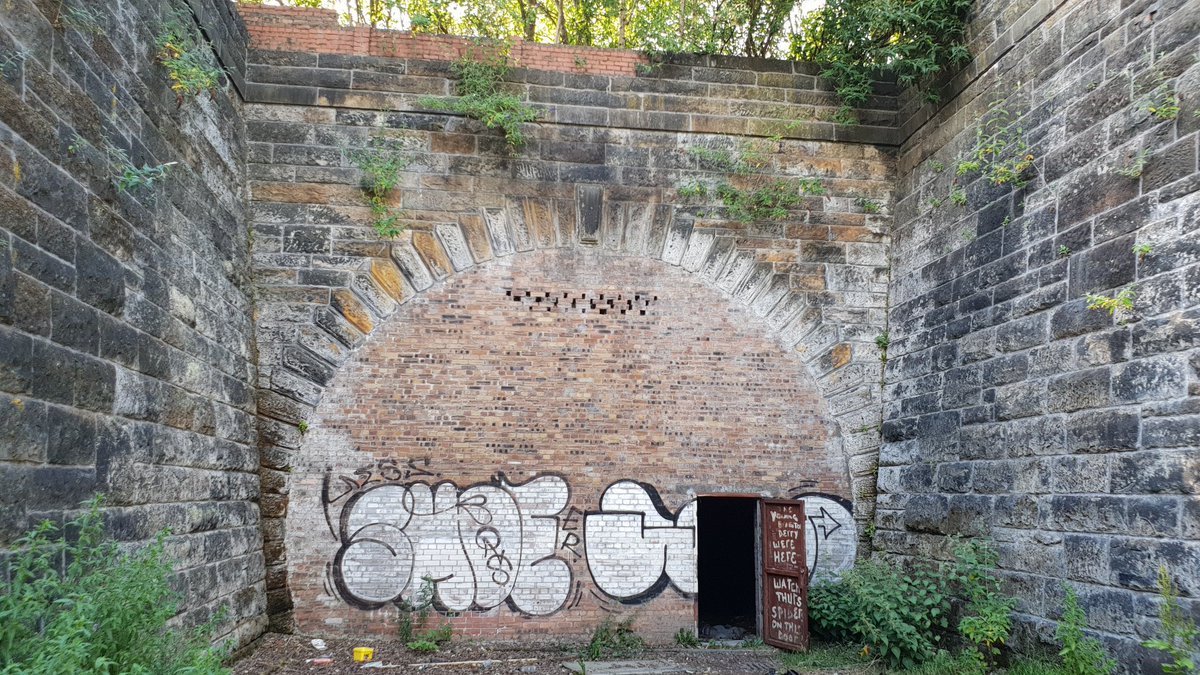
Passengers did not enjoy daylight for very long as the train would quickly enter a smaller tunnel beneath Springfield Road, before entering a cutting on the other side, which led into Parkhead Stadium Station. The line then continued to Tollcross before finishing at Carmyle. Fans coming from the Carmyle/Tollcross end of the line, as opposed the Glasgow Central/Bridgeton end, would of course have a journey in daylight.
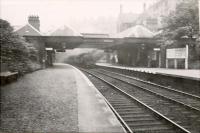
In terms of the London Road tunnel, the eastern approach cutting (Parkhead Stadium Station side) boasts near-vertical masonry walls; the portal is also in stone. The tunnel itself is 26 ft wide, brick-lined and with a flattened arch profile. The roof is being held up by steel columns coated with a fire-resistant material. There were rumours that this tunnel may be reopened as part of proposals for a second circle line on the Glasgow Underground. This was close to happening ahead of the 2014 Commonwealth Games but never materialised.
Sadly, Parkhead Stadium Station became a victim of Beeching’s Rail Reforms and was closed to passengers on 5 October 1964. It was then then filled in and landscaped in the late 1970s. It is now a large mound with trees growing on top. It remains a mystery as to whether the tracks and tunnel going beneath Springfield Road still exist beneath the earth.
Parkhead Stadium Station was located just out of shot to the left of the below picture (opposite The Oak Bar), where a collection of trees now stands. How wonderful it must have been for fans packed into the old carriages, singing songs on the way to a big game.
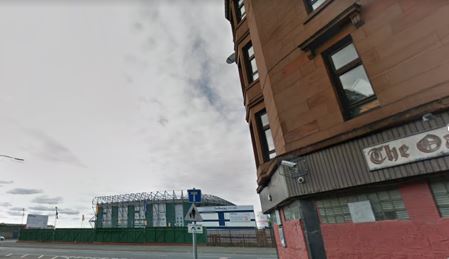
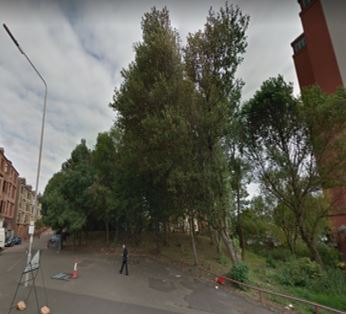

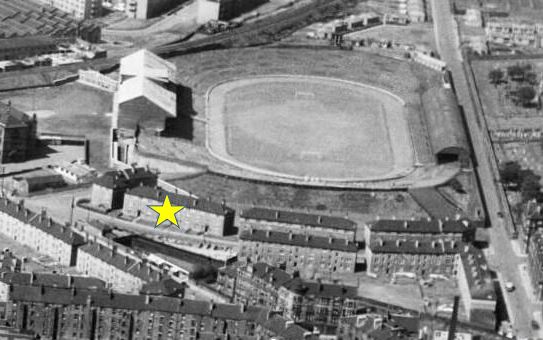
Harry McIntyre
https://www.celticbars.com/harry-mcintyre/
“We used to run football specials to run from Possil to Parkhead and Ibrox on match days. I remember driving a special from Parkhead one day, which had seven old style coaches and I estimated that when I left Parkhead station, I was carrying over 1000 passengers. It was a sobering thought to realise that you had all their lives in your hands. One Saturday, we were short of an engine to work a Rangers supporters special. We had to borrow one from Kipps depot. They sent an engine called ‘Father Primrose’. Someone must have had a twisted sense of humour. The engine got abused by the Rangers fans ‘Who the fuck put that engine on oor train?’ bombarding it with wine bottles. I am glad I wasn’t on the footplate that day.”

